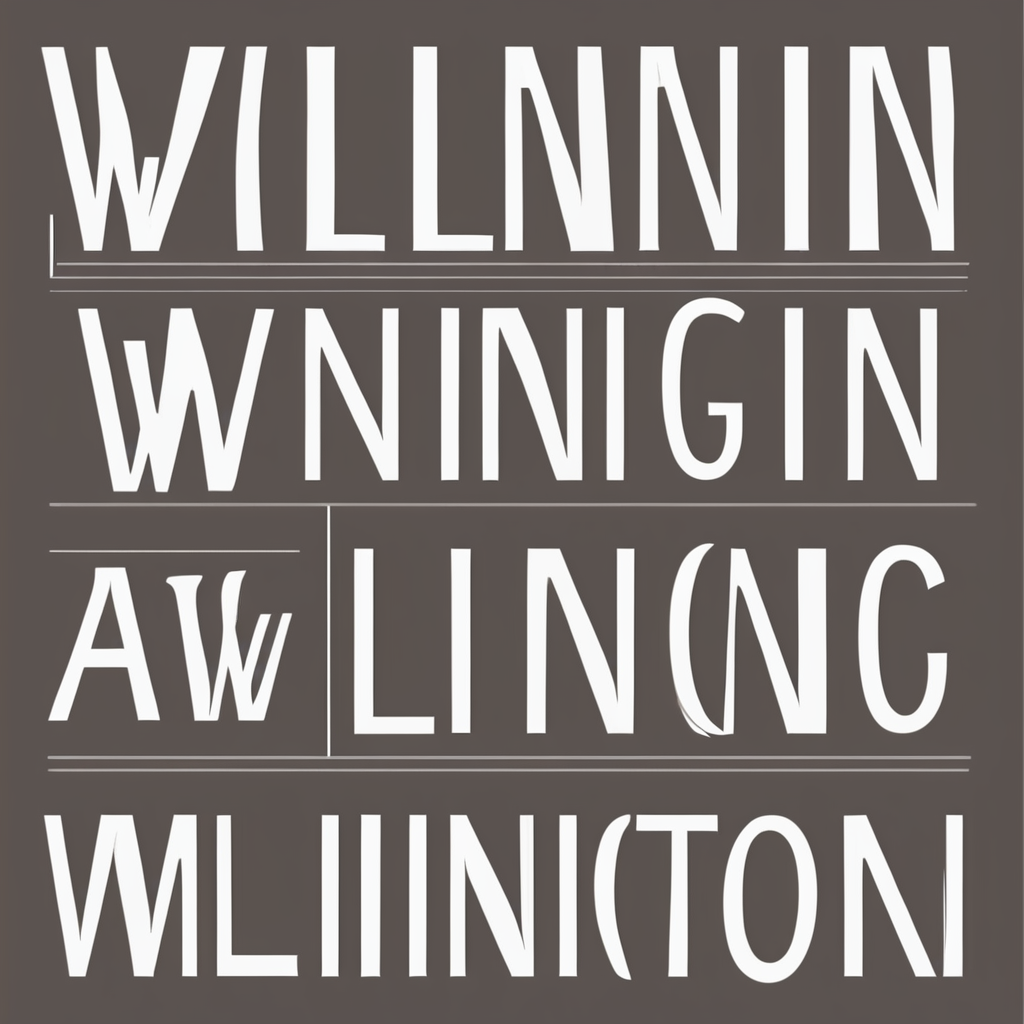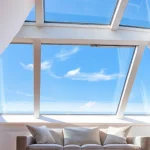Understanding Heritage Architecture in York
York’s heritage architecture tells a tale of centuries, illustrating the city’s profound history and cultural evolution. The preservation of these historical gems is not merely about maintaining structures but cherishing the stories they encapsulate. Establishing effective conservation guidelines is crucial in ensuring these buildings remain untouched in spirit while adapting to modern needs.
A well-thought-out approach to retrofitting heritage buildings enables a delicate balance. It harmoniously integrates modern solutions without undermining their aesthetic integrity. York’s conservation journey involves not just restoration but thoughtful adaptation, enhancing functionality while respecting historical significance.
Also to see : Why EPS insulation is the perfect choice for your home
Key components in this endeavor include understanding the historical building preservation norms specific to York. It’s about making informed adjustments that uphold authenticity, serving both historical appreciation and modern needs. Such renovations might include thoughtful interventions that safeguard original features while embracing today’s technologies for sustainability and efficiency.
For those embarking on the journey of preserving York’s architectural legacy, being well-versed in local and overarching guidelines is imperative. These serve as a guidebook ensuring that buildings aren’t just preserved but enjoyed for generations yet to visit them.
Also read : Restoring Elegance: Essential Tips for Revamping Your Historic Stone Fireplace in a Cotswold Cottage
Benefits of Double Glazing in Heritage Buildings
The incorporation of double glazing into heritage buildings holds transformative potential, particularly when enhancing energy efficiency. Typically, these structures contend with significant heat loss, leading to increased energy consumption. By installing double glazing, ancient walls become more effective at conserving warmth, substantially reducing the need for artificial heating.
This improvement extends into thermal insulation, where new window systems substantially enhance comfort levels within these storied spaces. Double glazing reduces drafts and temperature fluctuations, creating consistency without altering the external appearance of the windows, which is crucial for heritage sites.
Aesthetic considerations remain paramount in heritage architecture York. Herein lies an advantage: modern double glazing technology allows for maintaining original window designs while integrating new panes. The use of carefully crafted frames ensures visual integrity alongside functional upgrades.
Moreover, double glazing curtails external noise pollution, making interiors of historical buildings not only warmer but quieter, further elevating the quality of life for occupants. These benefits demonstrate how modernization can coexist with tradition, fostering sustainability without compromising on the charm and authenticity of historical edifices.
Innovative Retrofitting Techniques
Implementing retrofitting techniques is essential in transforming York’s heritage buildings. These techniques enhance their functionality while maintaining historical essence. Distinguishing between interior and exterior solutions can significantly impact outcomes.
Interior Secondary Glazing Systems
Installing interior secondary glazing systems allows for thermal efficiency without altering building facades. These systems add an additional layer to existing windows, boosting insulation and energy savings. This method is subtle yet effective, often preserving historical integrity while meeting modern efficiency standards.
External Retrofit Options
On the other hand, external retrofit options offer another viable approach, especially when structural changes are permissible. These techniques may include updating exterior cladding or adding insulating layers, which can offer more extensive coverage and flexibility in energy optimization, though care must be taken not to disrupt the visual appeal.
Advanced Materials and Technology
The use of advanced materials is transforming retrofitting projects. Incorporating innovative, sustainable materials provides high performance, ensuring durability alongside functionality. Materials like vacuum glazed windows maintain the look of traditional glass while offering superior insulation. Integrating technology intelligently harmonizes with heritage elements, aiding in achieving an ideal modern-historical blend.
Case Studies of Successful Retrofits
Examining successful double glazing retrofits in York offers valuable insights into the feasible integration of modern solutions within heritage sites. Notably, The Guildhall is a prime example where meticulous planning led to enhanced energy efficiency while preserving the site’s historical character. This project exemplifies how adapting to modern needs doesn’t necessitate sacrificing historic charm.
Varying approaches, such as using tailored double glazing systems that mimic original window styles, were critical in maintaining aesthetic integrity. Another outstanding example is the retrofit of the Fairfax House, where custom design was pivotal in blending functionality with heritage conservation.
From these projects, several lessons learned emerge. One is the necessity of collaboration among architects, conservationists, and engineers to maintain a building’s historical essence, while meeting modern standards. Additionally, these case studies reveal the benefits of a phased approach, tackling projects incrementally to refine techniques and address challenges effectively.
Such examples underscore best practices, highlighting the importance of detailed planning and customised solutions for retrofitting in historic areas like York. They demonstrate how modernization can seamlessly mesh with tradition, fostering heritage preservation alongside contemporary innovation.
Regulations and Guidelines for Retrofitting
In York, navigating building regulations and retrofitting guidelines is crucial for the successful adaptation of heritage properties. These rules ensure that modern interventions do not compromise historical significance. Local and national regulations intersect, outlining specific practices required to uphold heritage conservation laws.
Understanding these guidelines helps property owners and developers maintain a building’s character. Key considerations involve ensuring that any structural changes respect original designs, from material selections to aesthetic features. Compliance not only preserves heritage but also facilitates the process of obtaining permissions, avoiding potential legal barriers.
Specific guidelines for heritage properties in York focus on integrating energy-efficient systems like double glazing in ways that align with traditional styles. In this context, adhering to regulation aids in conserving thermal efficiency while retaining historical aesthetics.
The importance of compliance cannot be overstated, as it safeguards the legacy of historical buildings against insensitive alterations. This compliance usually requires collaboration with trained conservationists and regulatory authorities, ensuring each retrofit proposal respects York’s architectural heritage. By aligning with these standards, stakeholders contribute to a progressive yet respectful transformation of the city’s cherished landmarks.
Challenges and Solutions in Retrofitting
Retrofitting York’s heritage buildings often presents unique challenges. Integrating modern solutions while maintaining the architectural charm requires careful planning. Common issues include meeting conservation guidelines and preserving historical building preservation elements. Implementing solutions without altering the aesthetic integrity is a primary concern.
One key challenge is balancing structural updates with the visual appearance of buildings. This is where collaboration becomes invaluable. Successful projects often involve close cooperation between architects, conservationists, and local authorities. By working together, stakeholders can devise strategies that respect traditional designs while incorporating innovative features.
Strategic interventions can significantly mitigate structural limitations. For example, utilising reversible modifications allows updates without permanent impact, maintaining historical authenticity. Solutions might also include advanced materials that blend seamlessly with existing structures, offering durability without sacrificing appearance.
Community involvement also plays a vital role in overcoming challenges. Engaging local residents and obtaining feedback ensures that developments align with the community’s values, fostering acceptance. Heritage retrofitting requires a delicate balance, but with thoughtful approaches, these projects can safeguard York’s architectural heritage for future generations.
Expert Opinions and Insights
Expert opinions on heritage retrofitting offer invaluable perspectives, driving innovative approaches in conservation efforts. Conservation experts, particularly in York, emphasise the delicate balance required between modern solutions and maintaining a building’s historical essence. They advocate for the use of cutting-edge techniques that ensure efficiency without compromising aesthetic integrity.
Interviews with conservationists reveal future trends, focusing on sustainability and energy efficiency as key priorities. Experts predict an increased reliance on technologies like double glazing, which enhance thermal performance. Such insights guide adaptive strategies, tailoring solutions to suit the unique demands of heritage sites.
Community engagement emerges as critically important. Professionals stress the significance of involving local residents in retrofitting decisions, fostering a shared investment in preserving heritage. By raising awareness and inviting input, retrofitting projects benefit from diverse perspectives, ensuring outcomes align with communal values and historical importance.
These insights underscore the necessity of collaboration across disciplines. Architects, builders, and conservationists must work cohesively, integrating knowledge and expertise to achieve effective and sustainable heritage retrofits. This symbiotic relationship supports the ongoing narrative of York’s architectural legacy, blending tradition with modernity.
Visual Comparisons and Examples
Visual comparisons are a vital tool in understanding the transformative power of retrofitting techniques in York. Examining the “before and after” of heritage buildings highlights successful modern solutions while preserving historical charm. These comparisons are most powerful when showcasing successful double glazing retrofits, where energy efficiency meets historical aesthetics.
Before retrofitting, older buildings often struggle with energy loss and increased heating costs. After implementing modern retrofitting techniques, these issues notably reduce, resulting in more sustainable structures. When considering a building like Fairfax House, infographics expose how subtle design changes can increase efficiency without sacrificing visual appeal.
Infographics illustrating the benefits of double glazing provide a clear visual guide to the improvements in thermal retention and noise reduction. Such visual evidence aids stakeholders in appreciating how retrofitting preserves York’s cultural jewels, aligning them with contemporary standards.
Through these visual examples, the balance between aesthetic integrity and energy efficiency becomes evident, encouraging informed decisions in preserving and enhancing York’s architectural heritage. Engaging the community with these visuals fosters appreciation and support for ongoing preservation efforts. This integration of tradition and innovation sets a new benchmark for future retrofitting projects.










